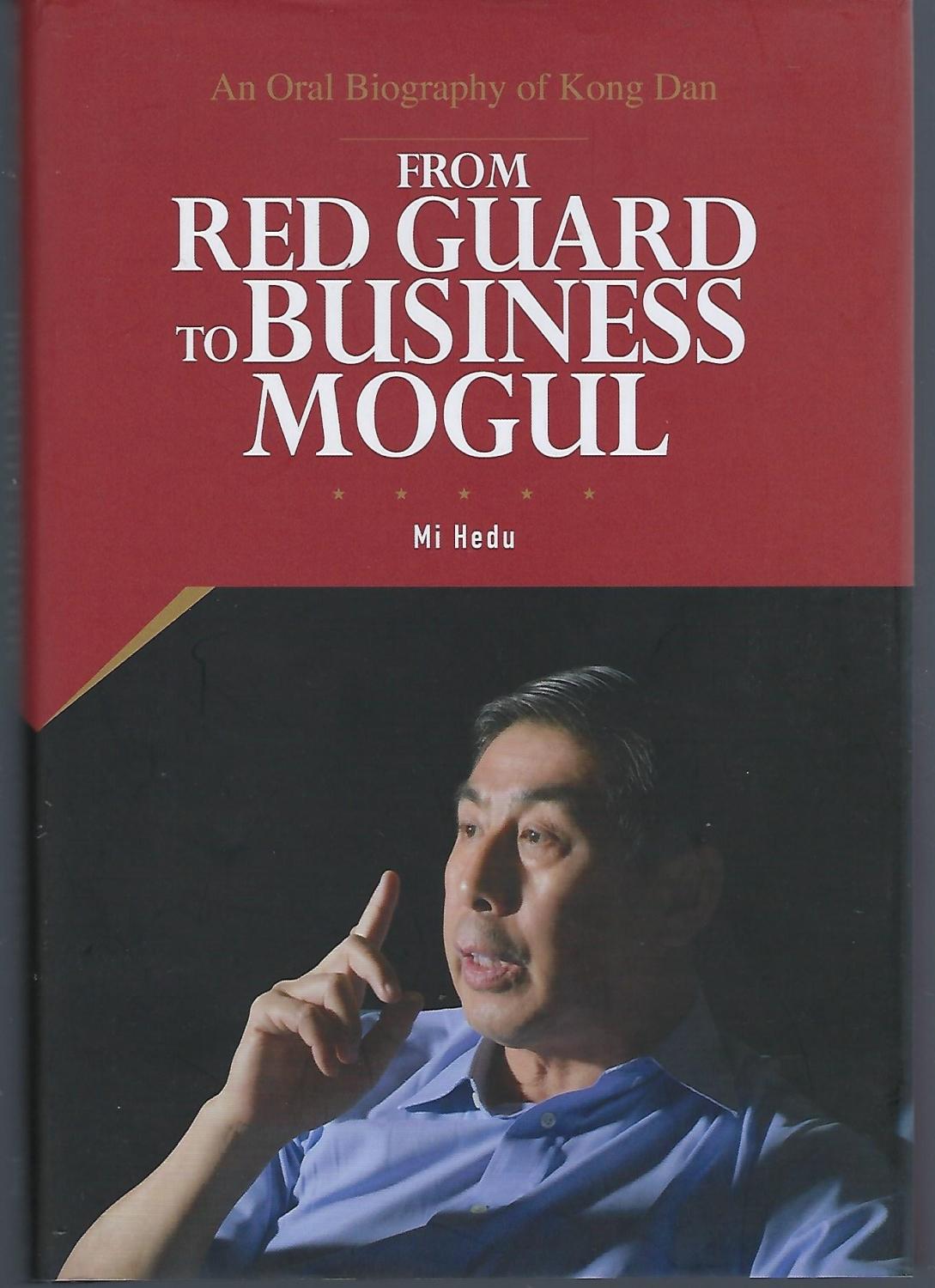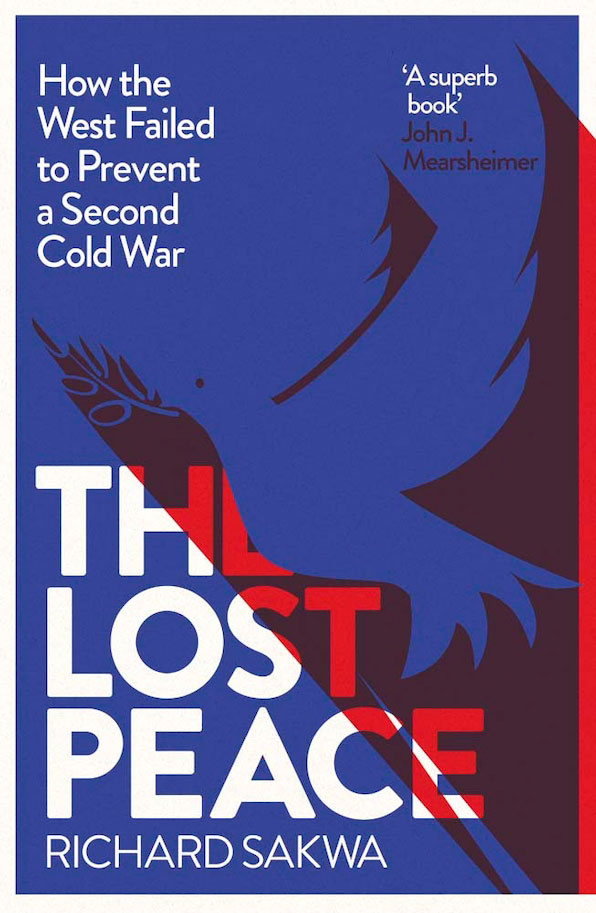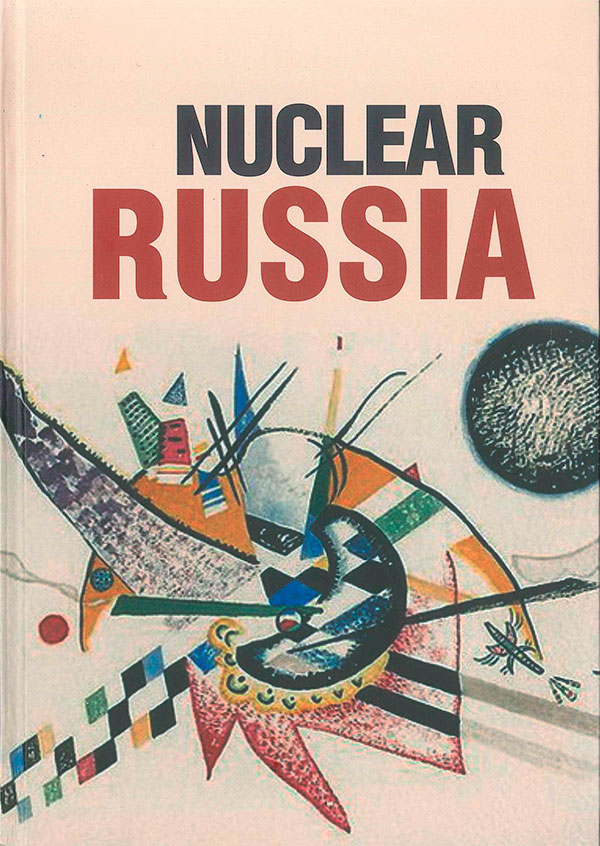... China
What does this mean for Russia and for China? What role could our each of the two countries play in the formation of a new world order, based on the changing balance of power in the world, as well as objective resource, demographic, technological and ... .... Such accommodation will be staged and partial; the odds are that even in 2035 some of the US and EU sanctions imposed on Moscow in 2022–2024 will still be in place. It is unlikely that the pre-2022 pattern of Russia-West relations can be restored ...
The whole idea that someone—be it Moscow, Washington or Beijing—can ‘lose’ India looks excessively arrogant, if not completely preposterous
Is Russia losing India? They raise this question at practically every conference, workshop or an expert meeting on Russian-Indian relations ...
... and profound changes as everything chaotically transitions from the former U.S.-led unipolar system to an emerging Multipolar World Order. Experts debate exactly when this process began, but many agree that its most significant milestones thus far were ... ... their strategic autonomy within this paradigm by coordinating their complementary grand strategies in the Eastern Hemisphere: Moscow’s Greater Eurasian Partnership (GEP) and Delhi’s Indo-Pacific vision.
The U.S.-led West’s unprecedented anti-Russian ...
... Russia would be capable of swapping its current partnership with China for an alliance with the United States? Or that the European Union, as it faces increasing pressure from the United States, would re-orient itself towards strategic cooperation with Moscow? Such scenarios look improbable at best and absurd at worst. Alas, the leaders of great powers today do not have the flexibility that is absolutely necessary to maintain a stable multipolar world order.
At the end of our short historical sketch, we can ask another curious question. Why did the 1814–1815 Congress of Vienna result in a stable European order, while the 1919 Treaty of Versailles became meaningless 15 years after it was signed?...



